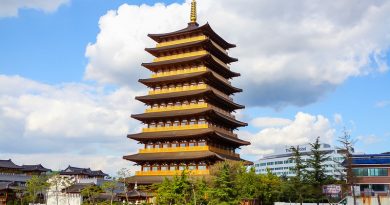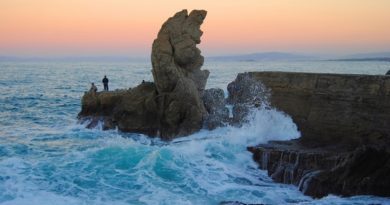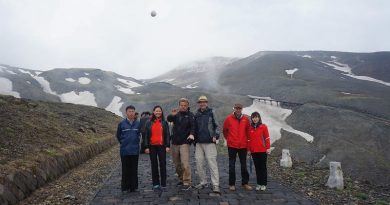Secret War Caves of Laos
Vieng Xai in Northeast Laos is a striking valley of verdant hills and limestone cliffs riddled with caves. In fact, there are 800 known caves. These caves were the headquarters of the communist revolutionaries, the Pathet Lao, during the “secret war” of the 1960s and 70s, when Laos suffered intense military bombardment by US forces.
After the war, the Laotian King and his wife were banished here until their reported death two decades ago . The trogolodyte city was highly organised. Specific caves were designated as shops, banks, factories, printing presses and hospitals. The cave of the communist chief extends 500 ft into a cliffside that was scaled by a rope before steps were added. Its various rooms included a political party centre, reception room, meeting room and library. The caves are located in the heart of Hua Pan, Laos’ ‘revolutionary province’.
The Lao communist party was formed in Sam Nua in 1955, and compared to the rest of Laos, communist ideals are still very much in evidence. Loud speakers used to blast propaganda from 6 o’clock in the morning.
The caves were like complete underground cities, which were finished by the 1960’s and housed thousands.
Each cave is named after the people who lived in them. They also had multiple exits. Russian oxygen pumps were installed to provide air and in the case of chemical attack.
– Some people lived in the caves for 9 years or more, never venturing above the ground. They were dug by Laotian, North Korean and Russian comrades.
Until a few years ago the area was off-limits to tourists and the caves treated as something of a military secret. Permits can take months to obtain. The trek into the caves is approximately 15 miles (28km) and journeys through one of the poorest and most isolated areas of Laos.




